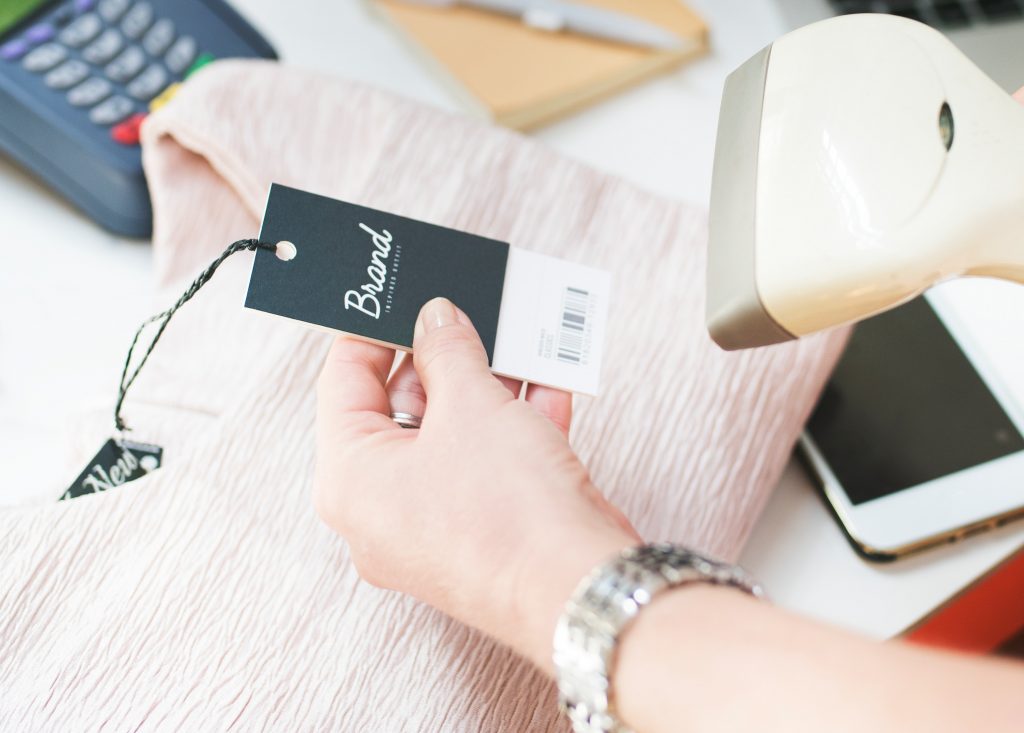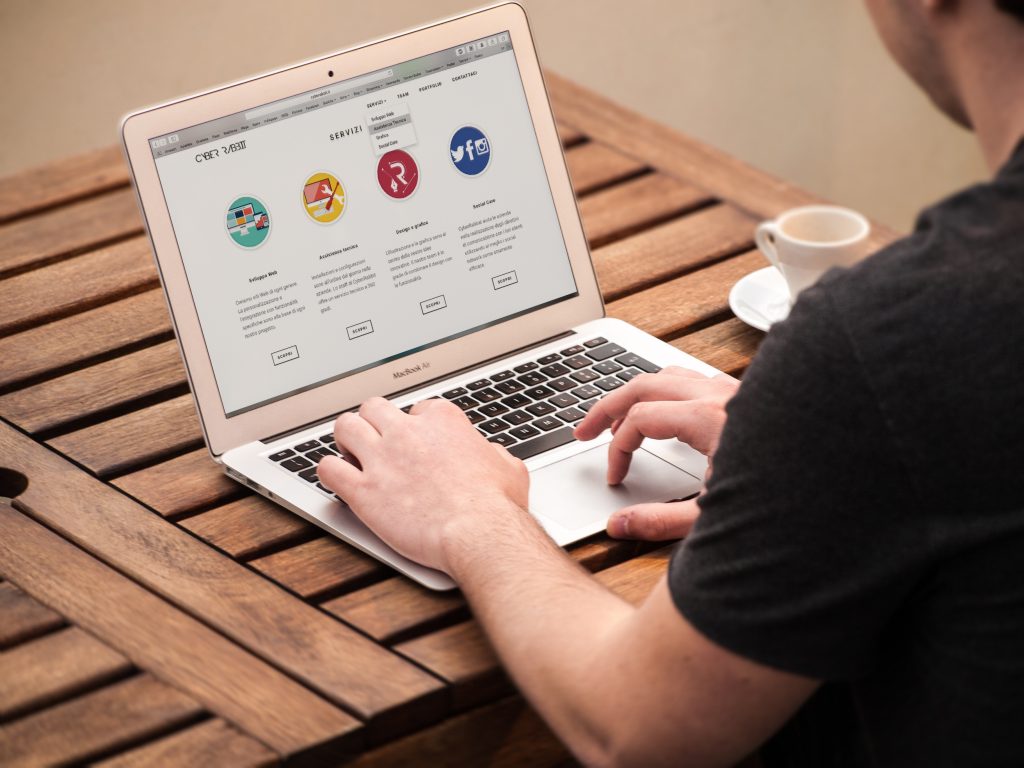Measuring brand awareness can be challenging, with uplift not always being directly attributable to your efforts. There are several ways to increase brand awareness — and a compelling list of reasons why you should do so.
Building brand awareness helps audiences to recognize, recall, and relate to your business. It sets in motion a series of steps that take people from curious strangers to satisfied customers.
Even if you have the right brand awareness strategies in place, it’s important to know how to measure brand awareness and choose the right brand-measurement tools.
This is challenging. Your approach to measuring brand awareness depends on a variety of factors, including your goals and objectives, audience behaviors, and distribution channels.
Yet, you can’t back down from this challenge. Learning how to measure brand-awareness campaigns helps you to improve return on investment (ROI) and better understand how to reach your target audience.
Here we explore key metrics for measuring brand awareness — and the tools you need to gather these metrics.
Brand Awareness Metrics
1. Brand Impressions

This is the rawest metric you’ll use to measure brand awareness. Impressions tell you how many times your campaign content displays. They provide a solid foundation for understanding your brand-awareness campaign’s performance.
Why Measure Impressions?
Impressions may not indicate how many people saw or absorbed your content, but they will tell you how many people were shown it. From here, you can check metrics such as engagement, clicks, and website traffic to better understand how your audience received your campaign content.
Brand Awareness Tools to Measure Impressions
You can measure impressions via your chosen distribution channel, such as a social site like Facebook, search platform like Google Ads, or a native-advertising platform like Taboola.
2. Website Traffic

Website traffic tells you how many people are visiting your site, either by typing it into the search bar or by clicking on it via a native, search, or social ad. Simply put, if that traffic increases over time — especially right after you launch a campaign — that’s a good sign that brand awareness is building.
To find out where this traffic is coming from, it’s important to check your referral sources. These shows you which platforms drive the most traffic and which aren’t pulling their weight.
Why measure website traffic?
Website traffic indicates that people are not only becoming aware of your brand, but are also interested in learning more. They processed your messaging and clicked through to read further or they remembered your brand and checked out your products.
Brand awareness tools to measure website traffic
Google Analytics helps you measure website traffic over time, check referral sources, and break down your visitor pool by specific demographics and behaviors.
3. Social Media Engagement

Social platforms offer a wealth of metrics and robust analytics tools, especially for ads and sponsored posts.
When building brand awareness organically or through paid options, such as native ads and influencer partnerships, it’s important to measure social metrics. These include: reach, impressions, likes, shares, comments, clicks, follows, mentions, and hashtag uses.
Why measure social engagement?
Social metrics indicate how the conversation is unfolding around your brand. Is your brand awareness positive or negative? Which influencers or hashtags are driving that awareness? Is this awareness motivating people to follow your account and comment with their own experiences? Social metrics help you to answer these questions. The downside is that this data is limited to specific social platforms; it doesn’t indicate how awareness is spreading across the open web.
Brand awareness tools to measure social engagement
Each individual social platform provides analytics for your brand-awareness campaigns, but you can also use social media management tools such as Hootsuite and Buffer to track your performance on social channels.
4. Search Volume Data

If you’re looking to build brand awareness on a search platform such as Google, it’s important to gauge the search volume around your business and industry keywords. This tells you how many people are searching for your company name, products, or solutions like the ones you offer.
Why measure search volume data?
Search volume data helps you see how much interest there is around your brand and industry. It also shows how your search volume stacks up to those of your competitors, and how much opportunity there is to build awareness around certain keywords. You can use this data to launch more informed and targeted campaigns.
Brand awareness tools to measure search volume data
You can use keyword research tools such as Google Trends, Google Keyword Planner, Moz Keyword Explorer, and SEMrush to see what people are searching for and how your brand awareness keywords stack up.
5. Brand-Awareness Surveys

Hard data is valuable, but you can also learn a great deal about your audiences by speaking to them directly and gathering qualitative feedback. This is easily done through brand-awareness surveys.
How do you conduct a brand awareness study?
When conducting a brand awareness survey, ask questions like:
- What do you know about our brand (i.e. mission, products, services)?
- When you think of our brand, what comes to mind?
- Which competitors have you heard of?
Why use a brand-awareness survey
You should consider using brand-awareness surveys to provide context to your quantitative data. They also help you build brand affinity by establishing a one-on-one connection with audiences and offering them a special offer or discount for participating.
Tools to conduct a brand-awareness survey
Use surveys conducted via email, phone, or through website forms. Tools such as SurveyMonkey and Typeform provide ready-to-use templates for brand-awareness surveys, and will help you track and organize responses.
38 Case Studies From Brands That Have Succeeded With Taboola
6. Earned media
Earned media is best described as third-party publicity that was not paid for––this can include mentions in an article, mentions on social media, mentions on a blog, and more.
Why measure earned media
Measuring earned media is a way to keep tabs on who is talking about your brand, what they’re saying, and when they said it. You can use these records to keep an eye on any spikes you may have seen in other areas (sales, followers, leads), or to just stay aware of how and when people may be becoming aware of your brand.
Brand awareness tools to measure earned media
To avoid keeping track of earned media manually, tools are available such as Cision’s Media Monitoring, monitoring from Critical Mention, and more.
7. External links
Similar to keeping tabs on your earned media, measuring where your website is being linked is another way to measure brand awareness.
Why measure external links
Doing so can also help you identify places where your website has been improperly linked, misspelled, and more, so you don’t miss out on these valuable brand awareness opportunities.
Brand awareness tools to measure external links
You can use tools like the Link Explorer from Moz or Linkody’s Backlink Checker, to remove some of the burden of managing backlinks manually.
How Do You Choose the Right Brand-Awareness Metrics?

As outlined above, there are pros and cons to each of these metrics for measuring brand awareness. Surveys provide you with qualitative feedback, but lack the hard quantitative data of many analytics platforms. Social engagement metrics track reach, impressions, and feedback, but they remain stuck within the walled gardens of each platform. Website traffic from native-advertising campaigns are particularly effective, however, because they indicate how your brand performs across the entire open web.
That’s why it’s important to consider your specific brand awareness objectives. These help you find the right tools to measure brand awareness for your key performance indicators (KPIs) and audience. Once you have these brand-awareness metrics at your fingertips, you can use them to launch performance marketing campaigns and calculate customer acquisition cost — taking your marketing operation to the next level.
Which KPIs do we use to Measure Brand Awareness Campaigns with Taboola?
You can use a content discovery platform such as Taboola to correctly and comprehensively measure brand awareness and analyze your brand awareness KPIs.
With your campaign up and running, Taboola tracks these brand awareness metrics:
- Impressions – The total number of times people saw your campaign content
- Clicks – The total number of clicks your content received, driving people to your website
- Click-through-rate – The percentage of people who clicked on your campaign content
- Average cost-per-click (CPC) – The average charge per click
- Cost-per-thousand (CPM) – The amount you pay per one thousand impressions of your campaign content.
See how brands such as Samsung Life used Taboola to build brand awareness and track these metrics in our brand awareness case study. And refer to these helpful brand awareness examples to get started building — and measuring — your next campaign.